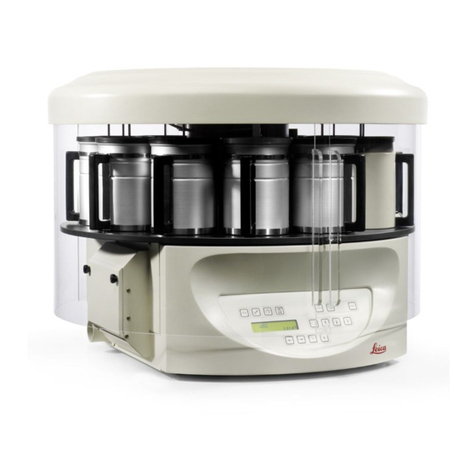
4Instruction manual V 1.3 – 12/2003
Table of contents
1. Important notes............................................................................................................................. 6
1.1 Symbols used in this manual................................................................................................... 6
1.2 Designated use .......................................................................................................................... 6
2. Safety .............................................................................................................................................. 7
2.1 Safety inst uctions..................................................................................................................... 7
2.2 Wa nings...................................................................................................................................... 8
2.3 Integ ated safety devices...................................................................................................... 10
3. Instrument components and specifications .......................................................................... 11
3.1 Specific inst ument options................................................................................................... 11
3.2 Ove view - inst ument components .................................................................................... 12
3.3 Standa d delive y - packing list............................................................................................ 14
3.4 Technical data ......................................................................................................................... 15
3.5 Compatible eagents............................................................................................................... 18
4. Setting up the instrument .......................................................................................................... 19
4.1 Site equi ements..................................................................................................................... 19
4.2 Elect ical connection.............................................................................................................. 19
4.3 Installing the accesso ies ..................................................................................................... 21
4.4 Setting up the data connections.......................................................................................... 22
4.5 Ala m functions ........................................................................................................................ 23
4.6 Switching the inst ument on ................................................................................................. 24
4.7 Touch sc een functions......................................................................................................... 26
4.7.1 Use inte face - ove view ...................................................................................................... 26
4.7.2. Access cont ol ......................................................................................................................... 27
4.8 Check list fo fi st ope ation (at supe viso access level).............................................. 28
5. Operation...................................................................................................................................... 29
5.1 Reagent handling..................................................................................................................... 29
5.1.1 Fill/d ain eagents (othe than wax) .................................................................................... 29
5.1.2 Changing the wax .................................................................................................................... 31
5.2 Setting up the inst ument pa amete s................................................................................ 34
5.2.1 System setup............................................................................................................................. 34
5.2.2 Editing the eagent list ............................................................................................................ 37
5.2.3 Viewing the p og am list......................................................................................................... 40
5.2.4 Adding and/o modifying p og ams .................................................................................... 41
5.2.5 Favo ites (maximum of 5 p og ams) .................................................................................... 44






























